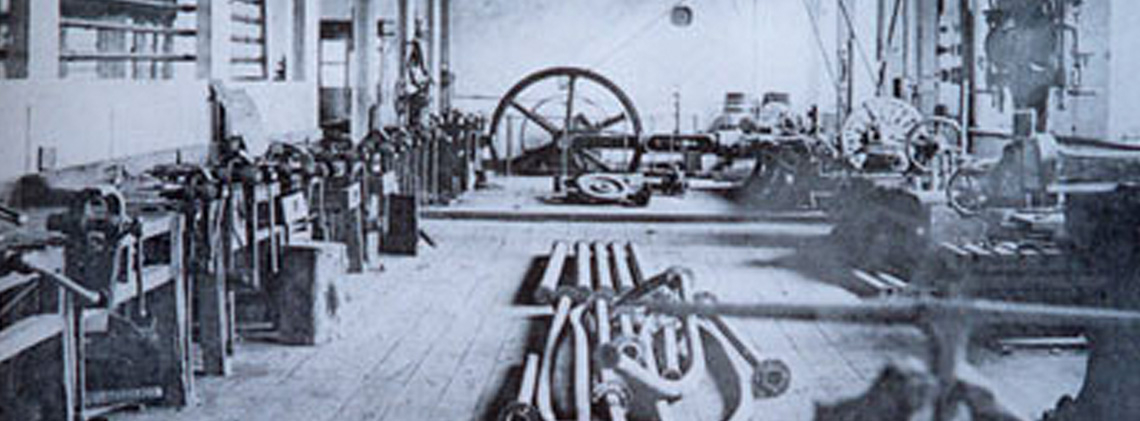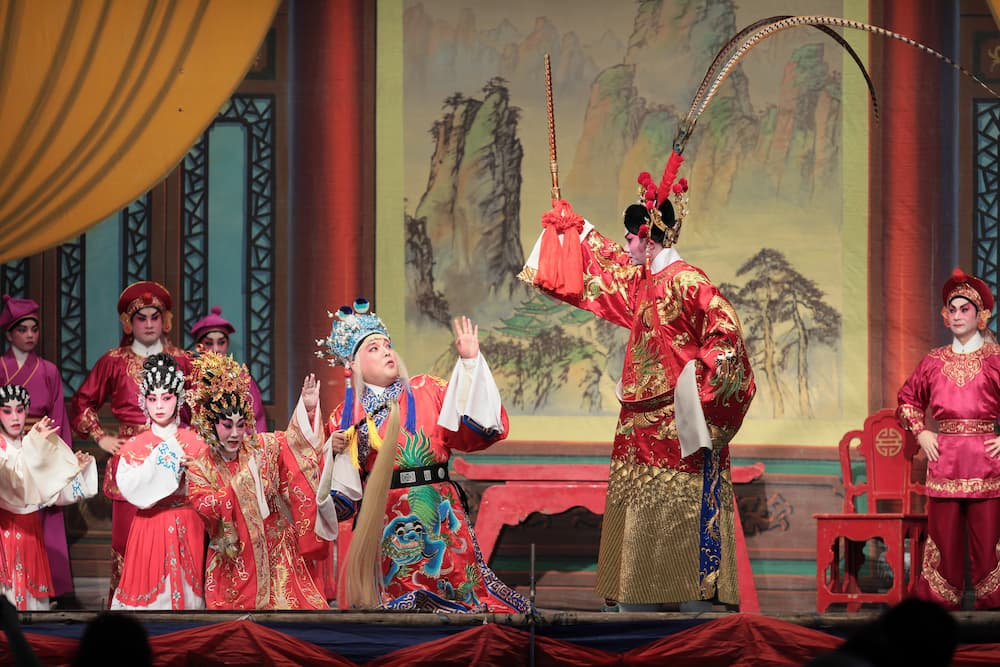
Westernization Movement
Splendid
Chi Culture
Topic
Westernization Movement
The Westernization Movement, also called the Self-Strengthening Movement, was championed by some Qing government officials from the early 1860s to the middle 1890s. Its aim was to introduce Western technology and modern industrial equipment. This nationwide movement failed because its advocates were unwilling to disturb the status quo of the ruling class. The Sino-Japanese War, which began in 1804 and ended with the annihilation of China’s Beiyang Fleet, exposed the utter failure of the three-decade-long Westernization Movement. As a result, reform-minded Chinese had to seek new ways to save the nation.
Before the Opium War of 1840, China in the Qing period (1644–1911) had been a long-secluded feudalistic empire based on the self-sufficient economy of agriculture and cottage industries. Europe and America, by contrast, had a flourishing capitalist economy. When the Industrial Revolution occurred, Britain took the lead and rapidly rose to be the most powerful country in the world. In order to open the Chinese market, Britain launched two Opium Wars against China. Defeated in both wars, China faced the unprecedented challenge of modern industrial civilization.
From 1850 to 1864, a peasant uprising known as the Taiping Heavenly Kingdom Rebellion took place in China. In the process of suppressing the rebellion, some of the ethnically Han elite who were in control of local militia forces gained increasing power. After witnessing the formidable Western firearms and cannons in battle, they became keen on the introduction of Western technology. These Han officials, together with a small group of open-minded Manchu aristocrats, were known as the Westernization faction, among whom were the Minister of Foreign Affairs Yixin (Prince Gong, 1832–1898), Grand Councilors Shen Guifen (1818–1881) and Wen Xiang (1818–1876), as well as local officials such as Zeng Guofan (1811–1872), Li Hongzhang (1823–1901), Zuo Zongtang (1812–1885), and Zhang Zhidong (1837–1909).
Striving for “self-strengthening,” the Westernization advocates began by purchasing warships, firearms, cannons, and ammunition. Jiangnan Arsenal—the most important arsenal in the late Qing dynasty, was founded in Shanghai in 1865 by Zeng Guofan and Li Hongzhang. With its products initially modeled on German weapons, the arsenal later independently manufactured China’s first steam boat and produced China’s first steel.
The Westernization advocates also established language, translation, and craft schools to introduce Western science, politics, history, among other subjects. The Westernization Movement fostered a large number of China’s modern talent both through their modern schools and overseas study program.
While military enterprises were established to strengthen the country, civilian enterprises were launched to enrich the nation. In the early 1870s, the advocates for Westernization started to set up civilian enterprises which not only supplied the military with fuel, transportation, and other ancillary services, but also competed with foreign manufacturers with domestically made products.
To defend themselves against the vehement opposition from the conservatives, the Westernization advocates set forth the motto of “Chinese learning for the foundation; Western learning for application,” arguing that the incorporation of Western learning would not uproot the Confucian underpinnings of Chinese civilization. Unfortunately, this was also why the movement ultimately failed. The Sino-Japanese War from 1894 to 1895 saw the complete destruction of China’s Beiyang Fleet. The shocked populace began reflecting on Japan’s victory. They came to realize the impossibility of reviving China through Western learning without making fundamental changes. Modern intellectuals who had followed the Westernization Movement started to push for political reform.







